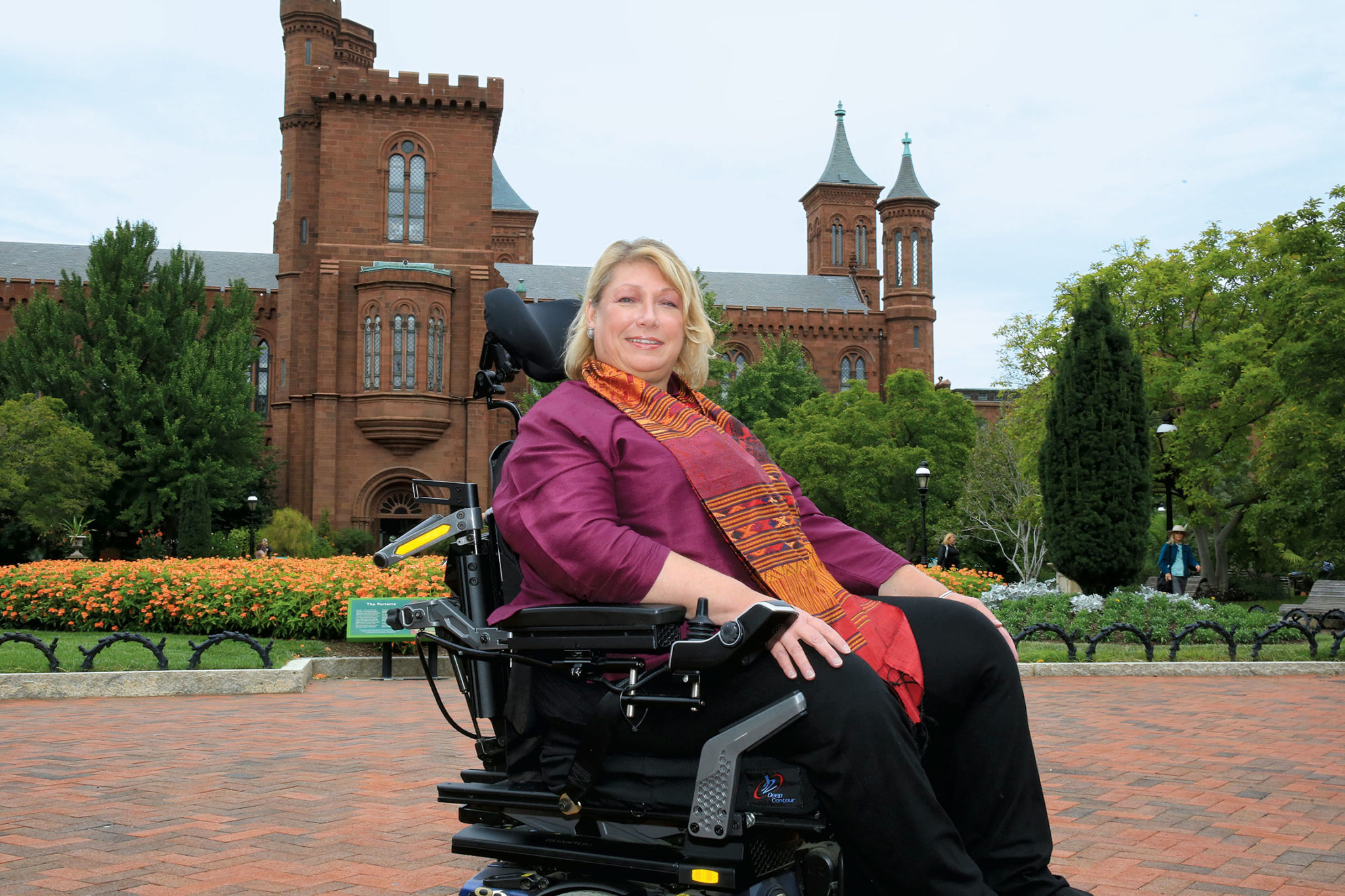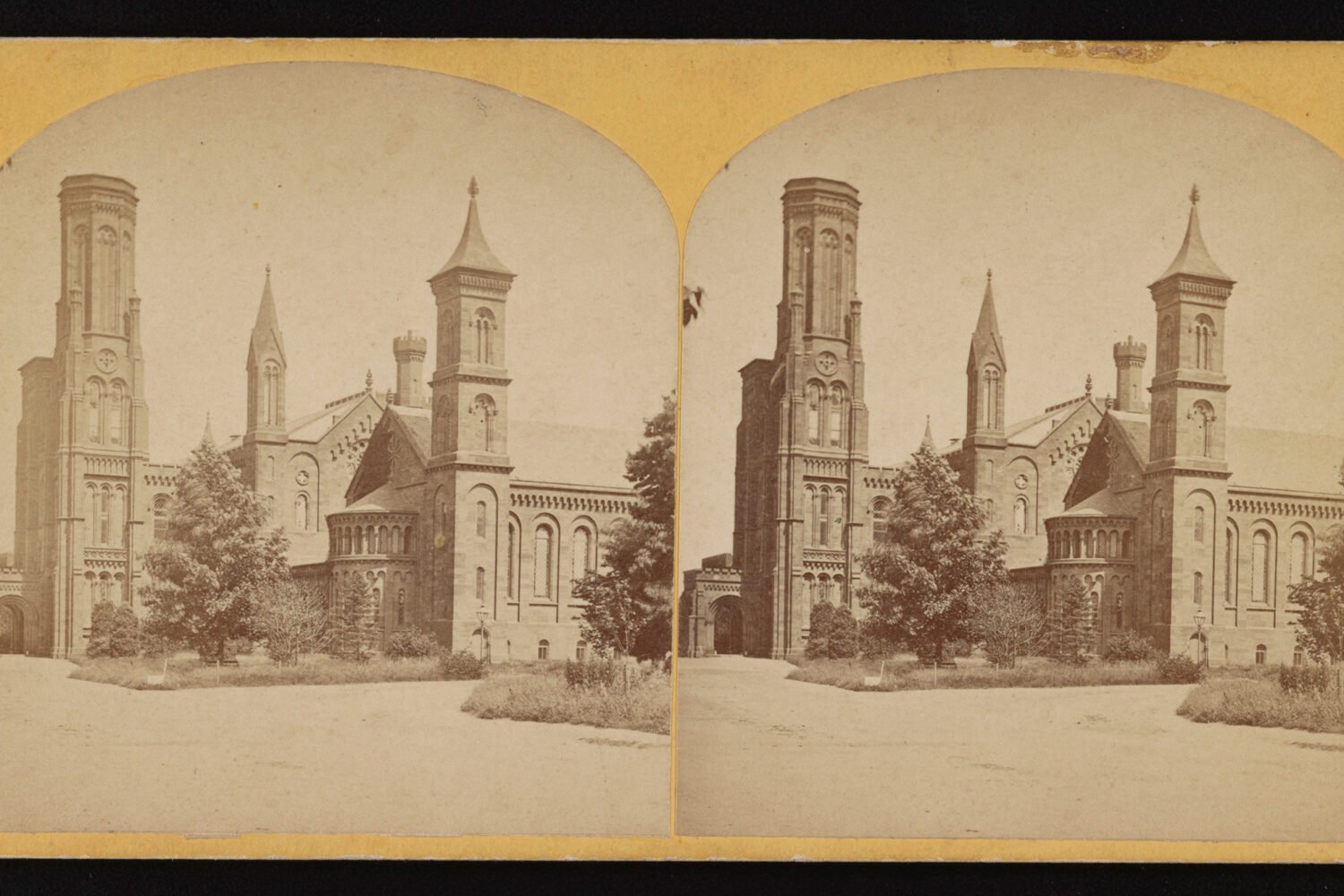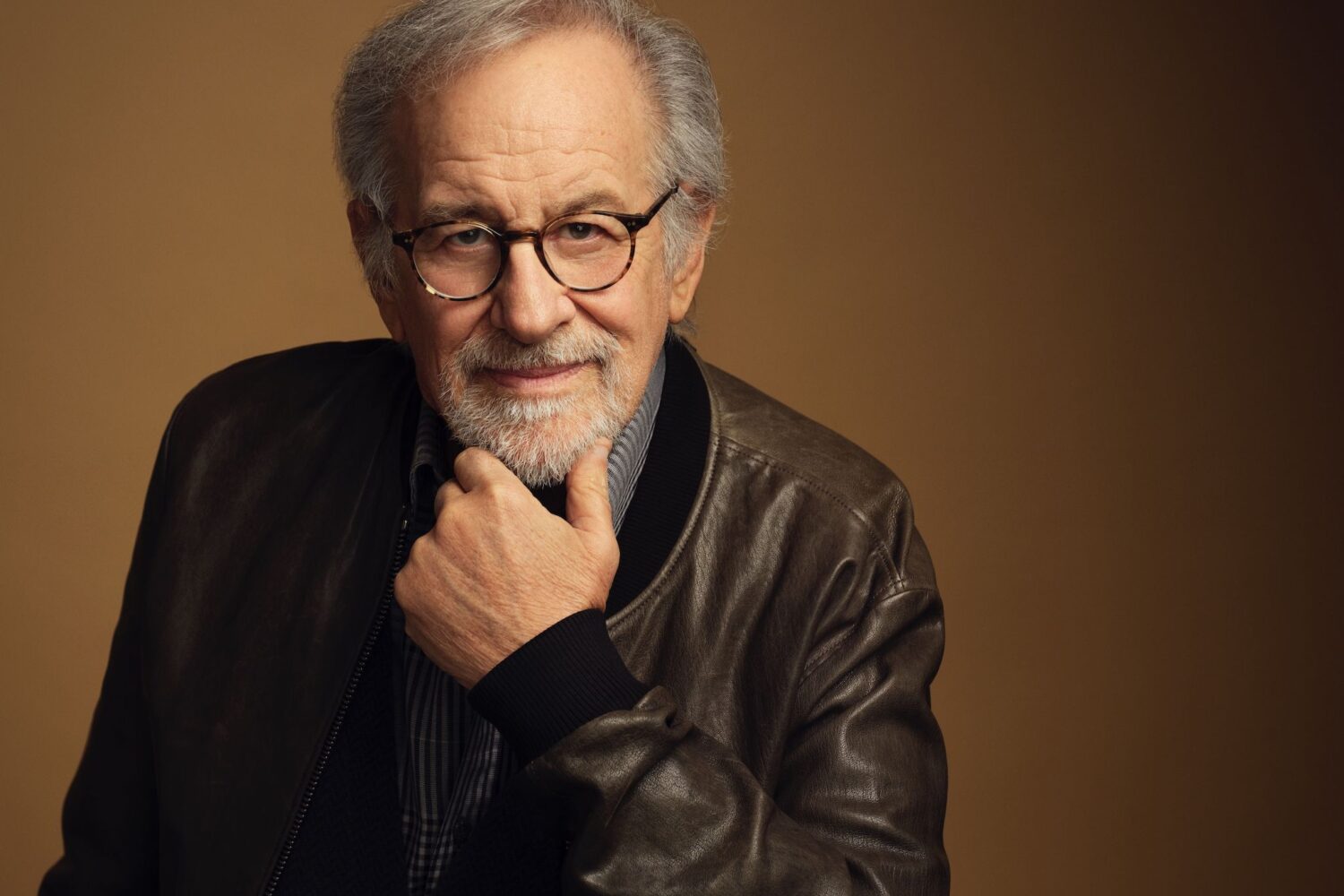Since 2001, Beth Ziebarth has run Access Smithsonian, which is responsible for accommodating visitors and staff with disabilities. We checked in to find out what she’s been working on lately.
As a person who uses a wheelchair, you must consider this more than just a job.
I was in a car accident when I was 16 and acquired a spinal-cord injury. At 16 all I wanted to do was fit in and be like everybody else. It wasn’t until I was in my thirties that I acquired more of a disability identity—I started thinking about the politics and other parts of disability culture. At first I was like, “Do I really want a job where I have to live with it on a daily basis, too?” But there’s a lot to be said for taking that personal perspective and making it into a professional one.
Earlier this year, Smithsonian started using Aira, a smartphone-based tool for those who are visually impaired.
People who are blind or have low vision can use the camera on their phone or wear smart glasses and connect to a live agent who gives them descriptions of what they’re in front of. Last week, someone I’ve known for a number of years went through [a museum] with an Aira agent. She had the biggest smile on her face. She’s like, “Now I have a different idea of why it’s important to come to a museum.”
That’s so cool. What else is in the works?
In 2020, we’re going to be focusing on taking programming into the community. We’re looking at expanding our reach to underserved audiences and people who can’t necessarily come to museums. We’d like to partner with Lyft or Uber to provide transportation.
With these issues, are museums currently doing more leading or more following?
I think museums are parallel with the rest of society. We’re not there yet in terms of a better understanding of disability and disability culture, but museums have a role to play. People with disabilities want to have representation. You don’t want to bring your child who has a disability and they don’t see anybody like themselves in an exhibition. That’s a challenge, but there’s a lot being done. Museums across the country have really been working on this.
And I think that, when we look at museums, we should look beyond the facilities part, which is where we started. We were like, “Let’s at least get people into the building.” Now we need to really be aware of the content access. So somebody who’s blind or has low-vision and goes to the new dinosaur exhibition in Deep Time at Natural History, they should be able to get the main messages of that exhibition just like anybody else who doesn’t have a disability.
In that sense, would you say the Smithsonian is a world leader when it comes to accessibility? Do other organizations reach out to your office for ideas?
We do have the responsibility and pleasure of being considered a leader. One good example recently was a group of colleagues who were here on a museum-colleague exchange from Brazil to the Smithsonian. One of the people who attended wrote to me and said he was taking our Smithsonian guidelines for accessible exhibition design and translating them into another language. We’ve had our guidelines for exhibition design translated into Vietnamese, Greek, Russian, Portuguese, a number of languages.
A version of this article appears in the November 2019 issue of Washingtonian.




















